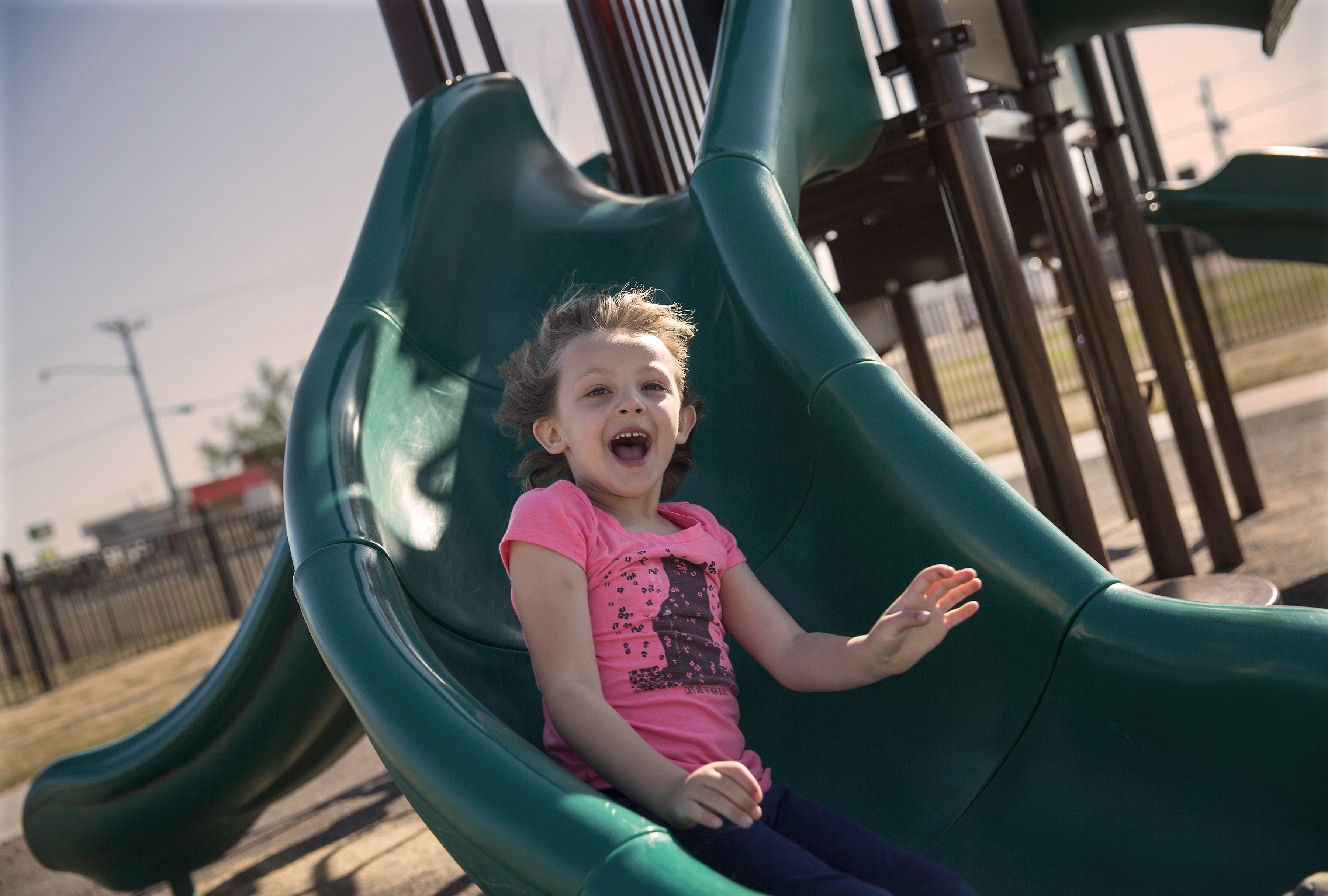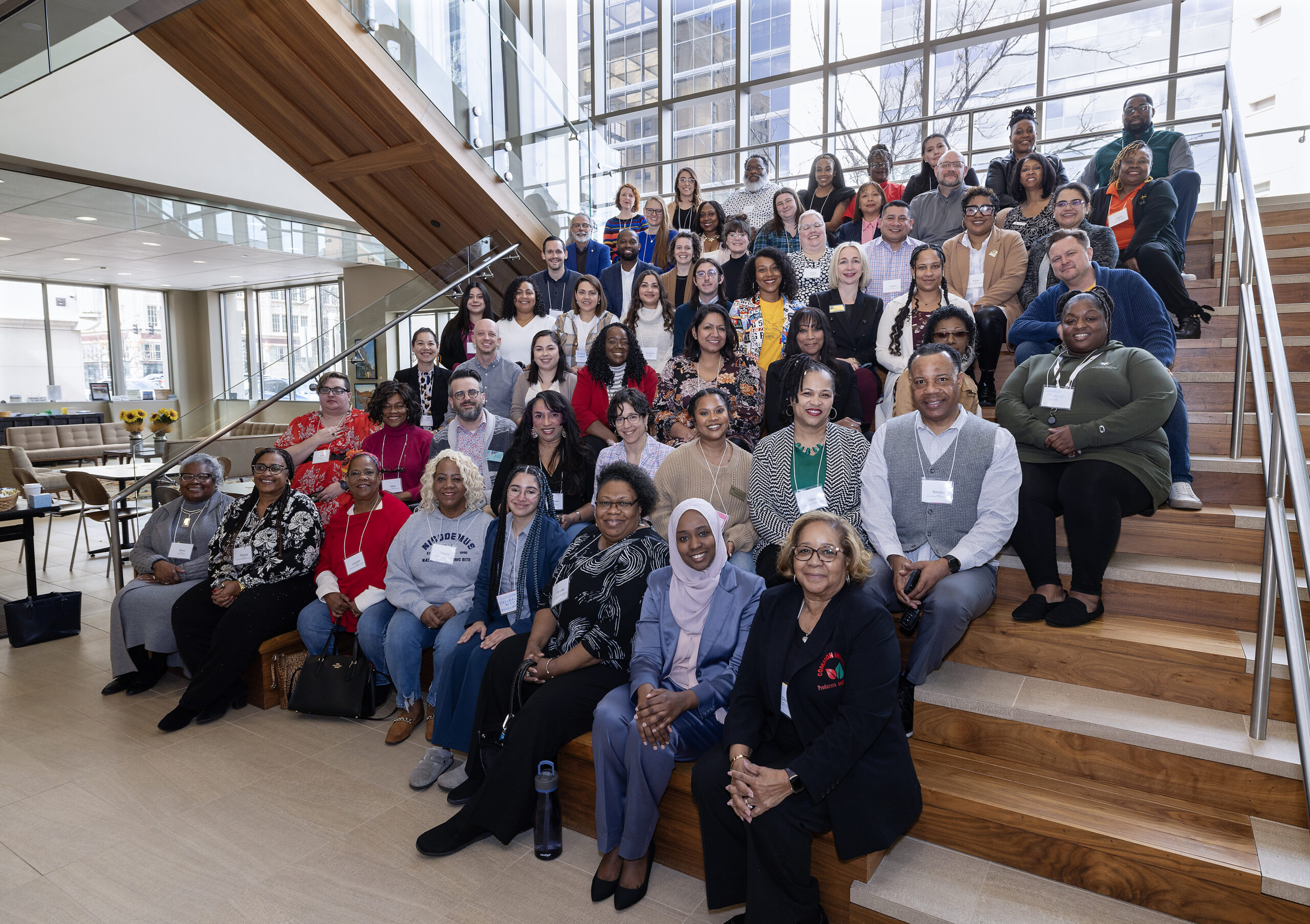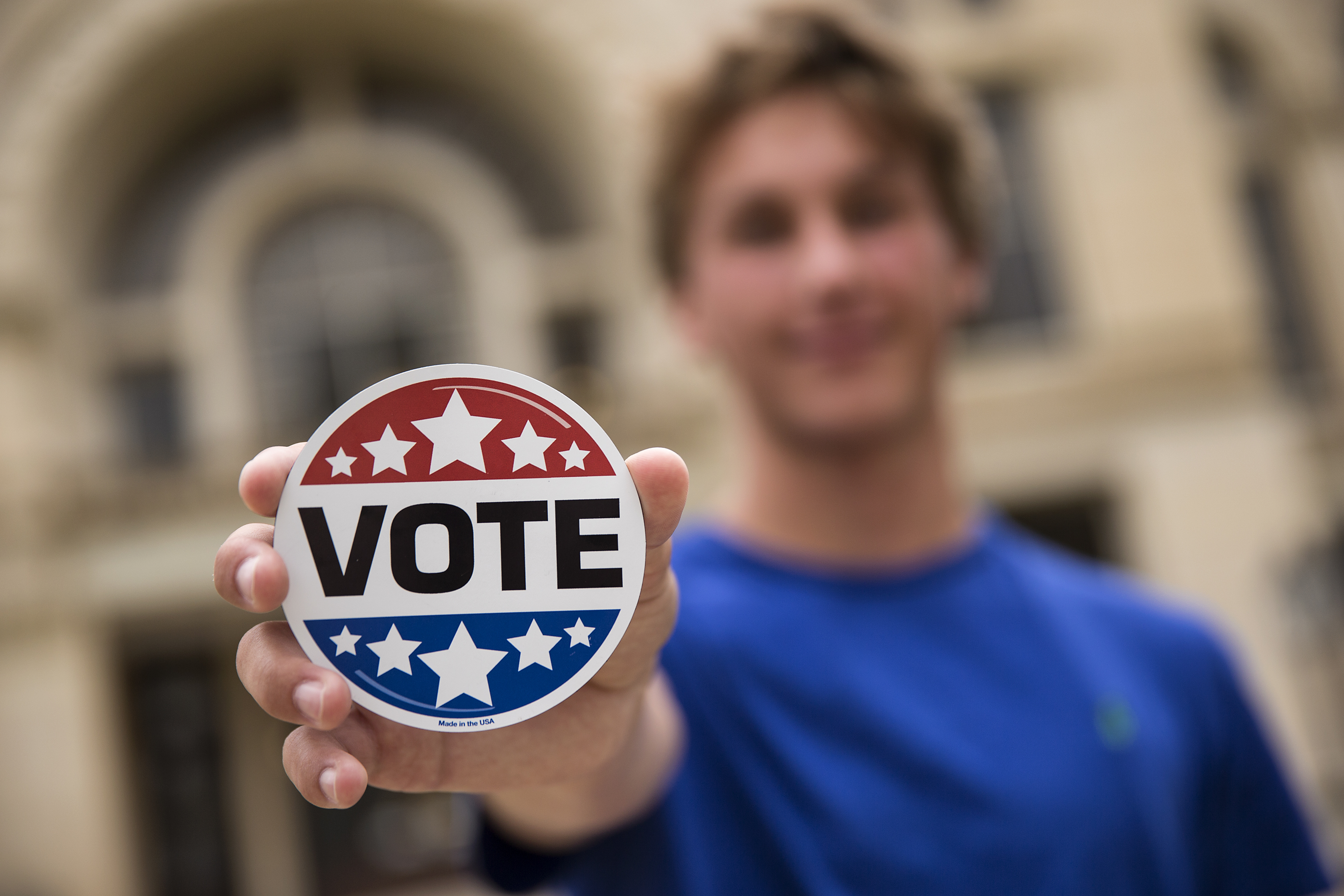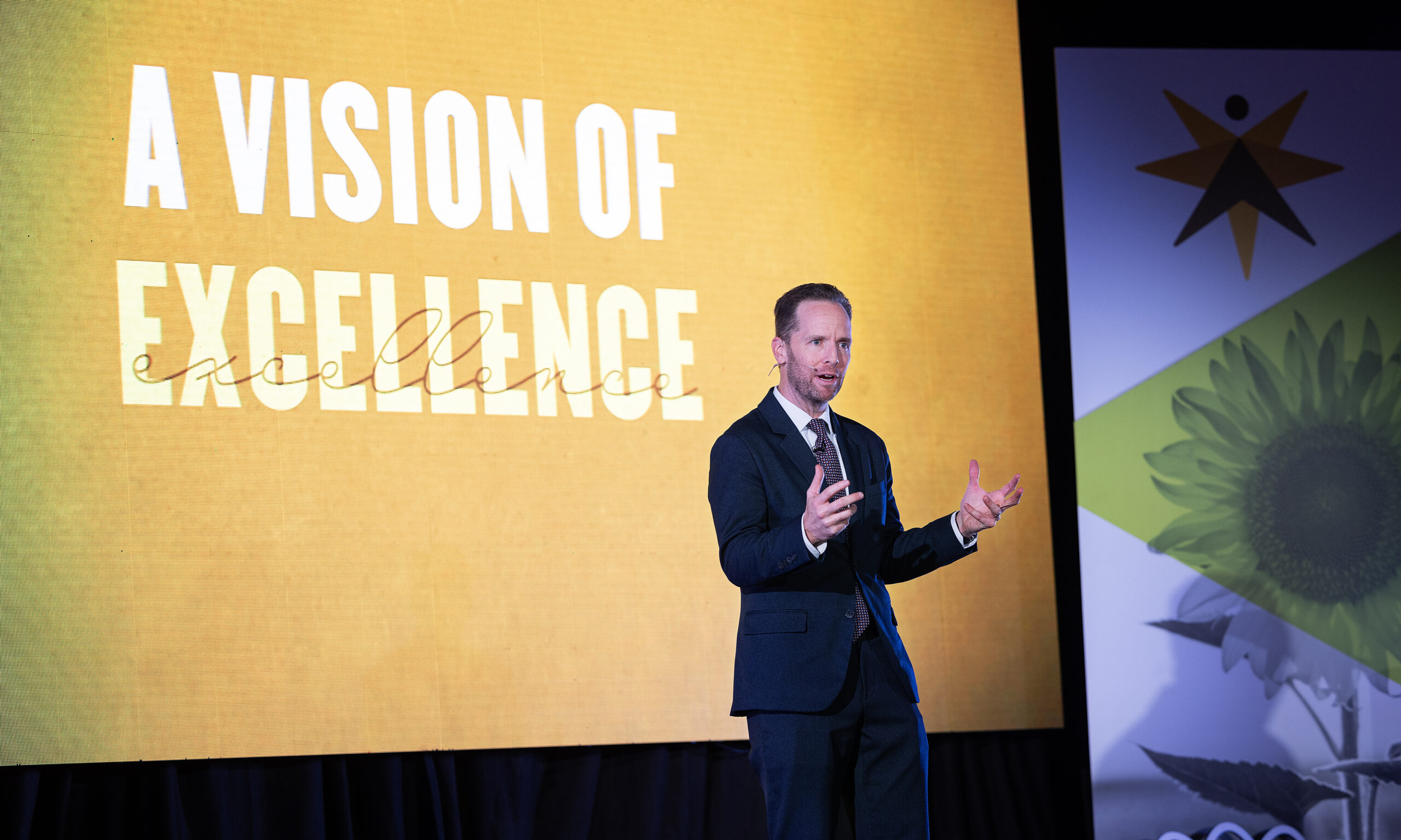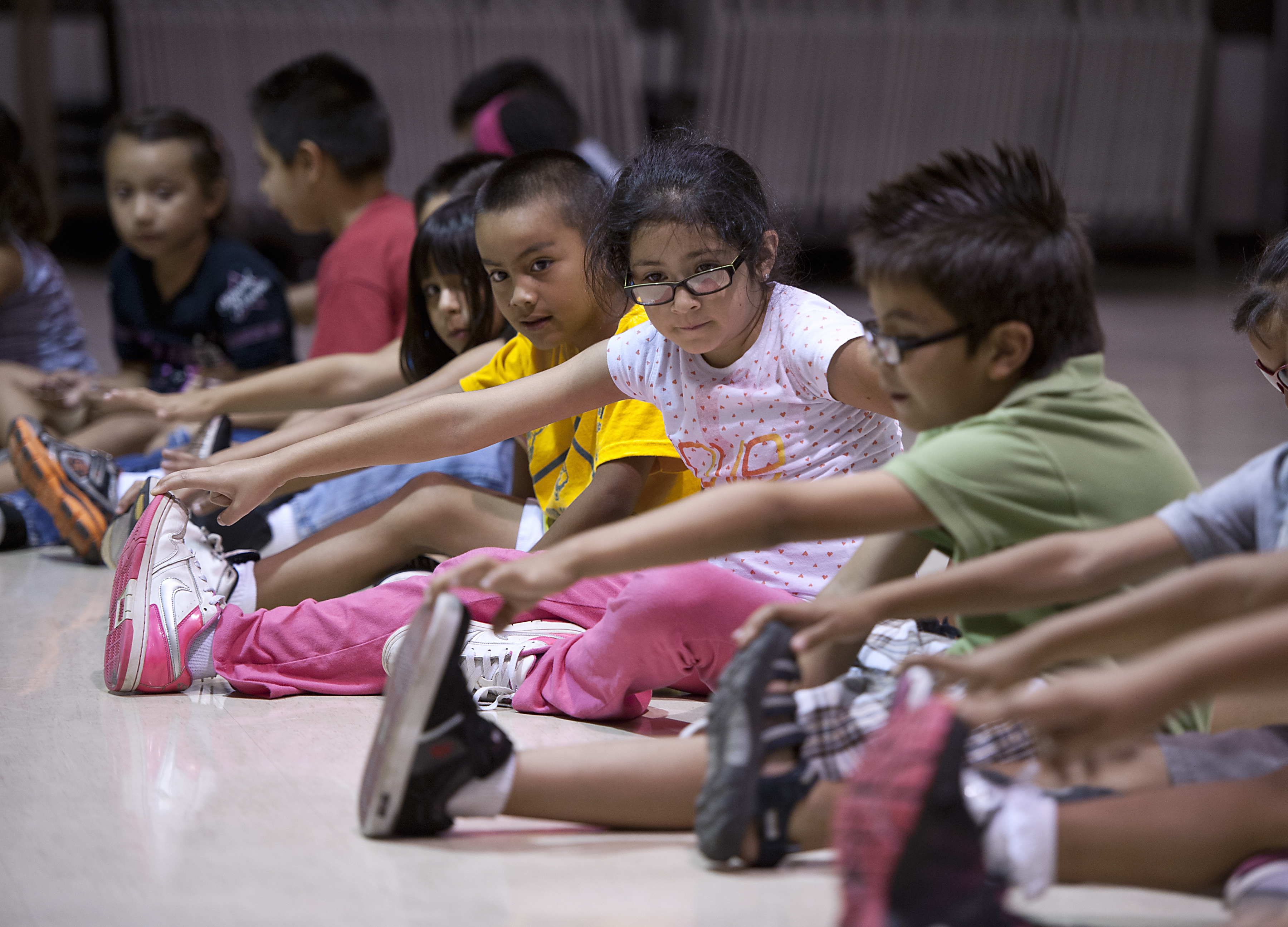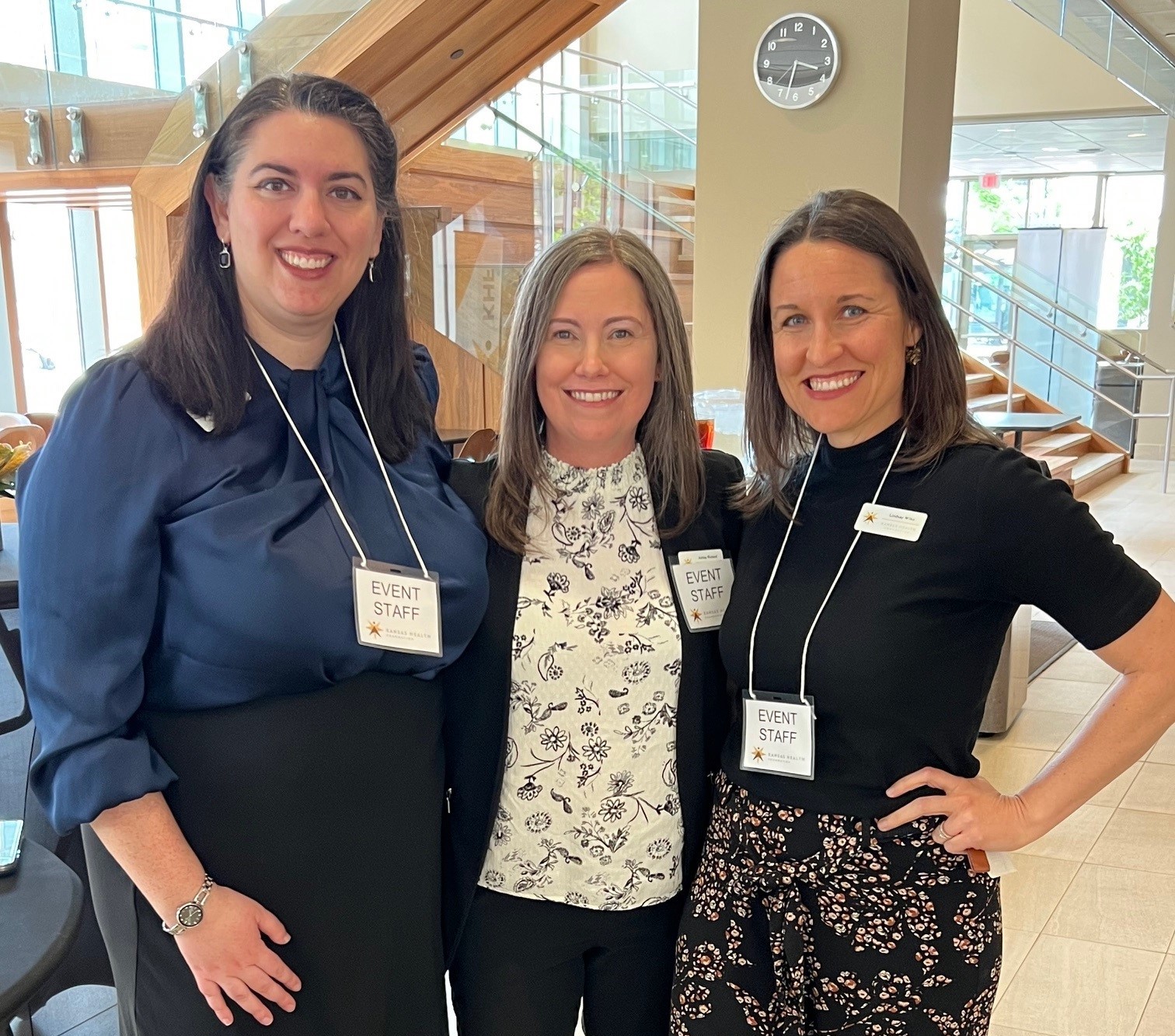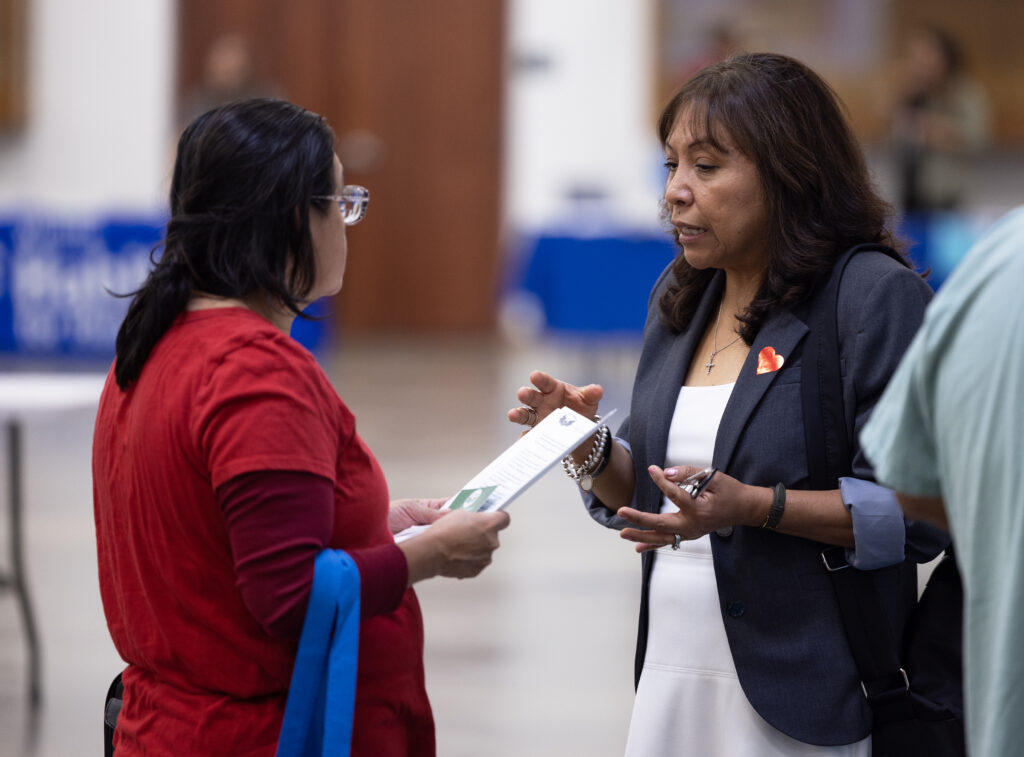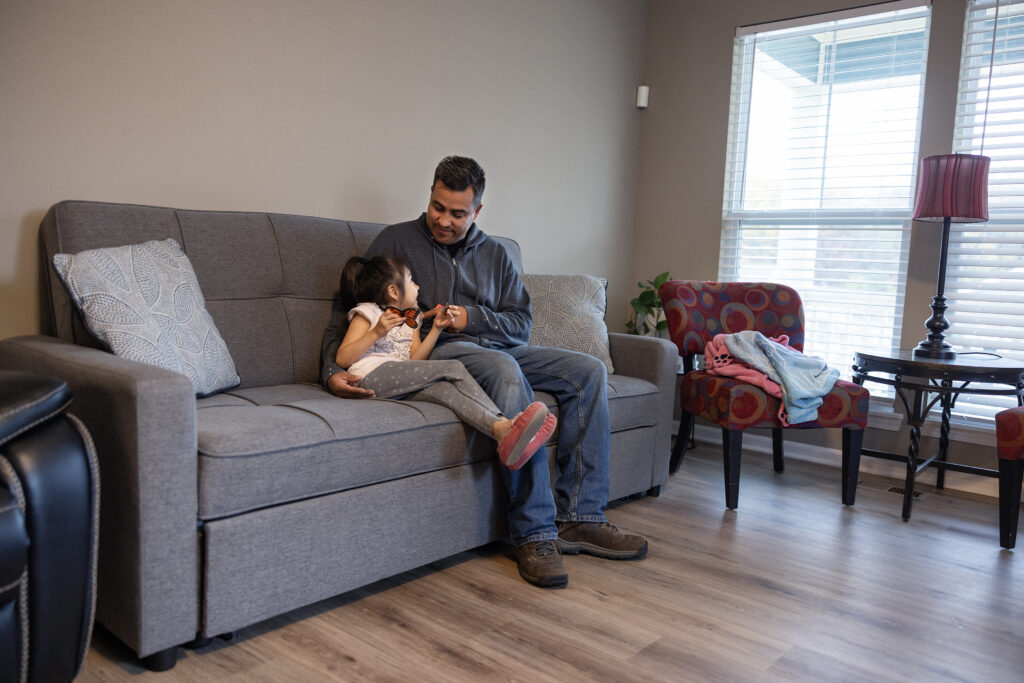Research shows that educational attainment is the greatest predictor of a person’s health and wellbeing. Adults who don’t graduate high school oftentimes have poorer health and are more likely to die prematurely from preventable diseases, like diabetes, lung disease and cardiovascular disease.
In Kansas, 86.6 percent of public school students graduate from high school within four years. This also means 13.4 percent of these students are left behind.
“Completing more education is associated with better health outcomes, employability, having health insurance and being a part of the nation’s workforce,” said Steve Coen, Kansas Health Foundation (KHF) president and CEO.
While more than two dozen school districts have 100 percent graduation rates, many districts are far from reaching that level of achievement. The lowest graduation rates in the state belong to the following districts:
- Kiowa County (Kiowa): 50%
- Spring Hill (Johnson): 54%
- Southern Cloud (Cloud): 61.1%
- Altoona-Midway (Wilson): 66.7%
- Northern Valley (Norton): 66.7%
- Attica: (Harper): 69.2%
- Atchison County Community Schools (Atchison): 69.6%
- Otis-Bison (Rush): 70.3%
- Marais Des Cygnes Valley (Osage): 70.6%
- Kansas City (Wyandotte): 71%
But this doesn’t tell the whole story. Several schools within districts have lower graduation rates. For example, Wichita’s school district has a 73.9 percent graduation rate, but when looking by high school, Wichita Southeast High’s graduation rate is 65.4 percent, compared to Wichita East High at 77.5 percent, Wichita North at 71 percent and Wichita West at 70.6 percent.
Statewide graduation data also indicates that students who are homeless, African American, American Indian/Alaskan Native, limited English proficient or approved for free- or reduced-price lunch have disproportionately lower graduation rates within four years than their peers. These subgroups also experience higher dropout rates than other students.
“Lower levels of educational attainment affect health, employment, median household income and the ability to have dependable resources that improve health,” Coen said. “When we increase graduation rates and attempt to close the achievement gap, we help Kansans reach the potential to become their healthiest selves.”
KHF is currently exploring ways it can help increase state graduation rates. Research, data and conversations with stakeholders will help direct KHF’s future efforts in its Educational Attainment impact area.

